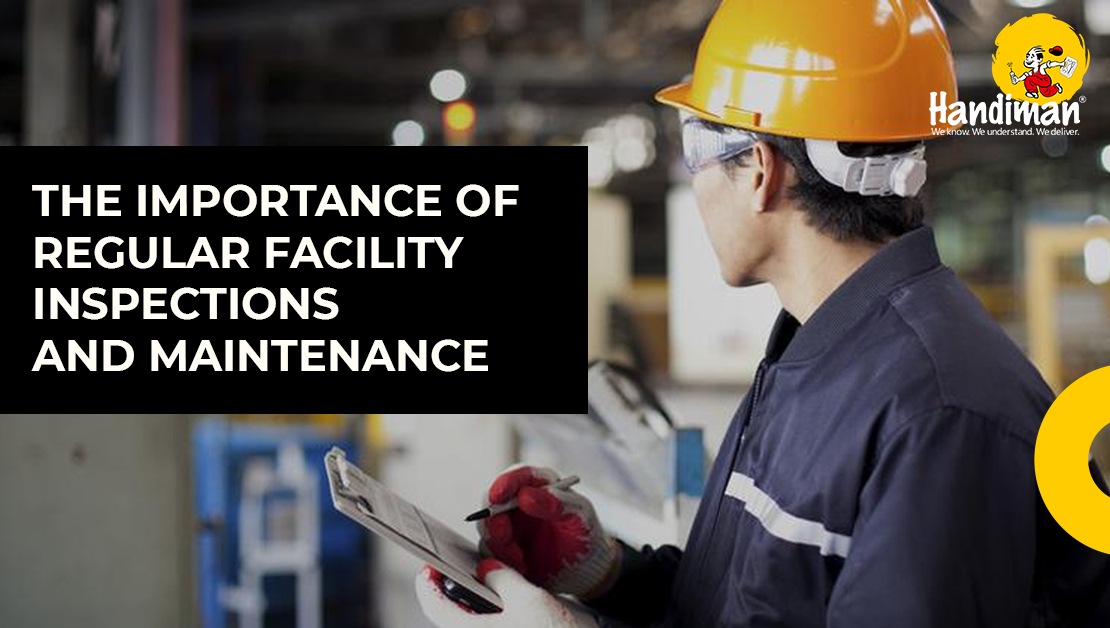
The Importance of Regular Facility Inspections and Maintenance
The routine inspection and maintenance of facilities are crucial but frequently disregarded procedures in the facility management field. Whether it's a residential complex, a manufacturing facility, or a commercial building, regular maintenance is essential to ensure maximum functionality, security, and longevity.
Facility managers can prevent major disruptions by quickly addressing minor defects like leaky roofs, flawed wiring, or plumbing issues by spotting them early on. This preserves the facility's overall operational continuity while also saving time and money.
Another essential factor is safety. Regularly inspected buildings are better able to maintain the security of their occupants, staff, and visitors. Thorough inspections can identify areas of concern that, if ignored, could result in accidents, injuries, or worse, ranging from fire hazards to structural flaws.
The foundation of a facility's longevity is maintenance. Similar to how a car needs regular oil changes to run smoothly, facilities need constant care. Regular maintenance, whether it be duct cleaning, HVAC maintenance, or machine lubrication, increases the life of machinery and infrastructure. In turn, this lessens the requirement for premature replacements, saving significant capital over time.
Additionally, properly maintained facilities enhance user satisfaction. An environment that is tidy, cozy, and effective benefits tenants, customers, and staff alike. A well-run facility boosts output, fosters a positive environment, and ultimately reflects favorably on the company or organization that uses it.
In conclusion,
The significance of routine facility inspections and upkeep cannot be overstated, in our opinion. These procedures strengthen safety precautions, increase equipment longevity, and ensure a positive user experience overall. They also protect against unanticipated disruptions. Facility managers who prioritize these tasks show their dedication to the facility's long-term success, efficiency, and safety. Stakeholders can invest in proactive maintenance to keep their facilities running smoothly while also avoiding headaches.
